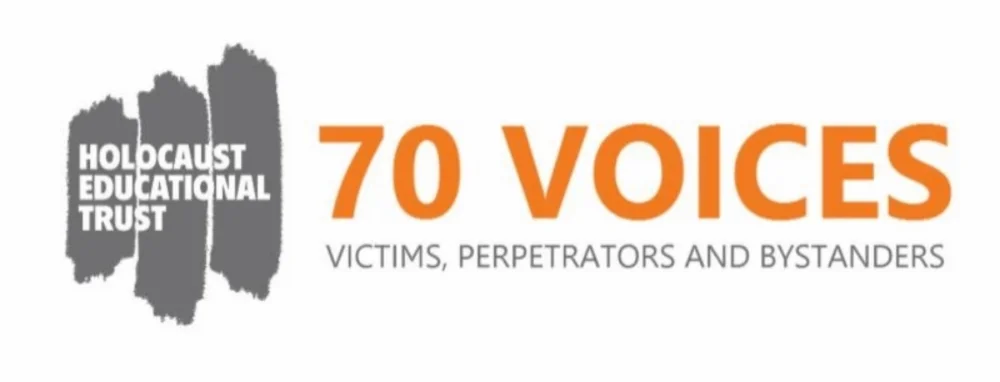Theatre was only one of the forms of culture which provided opportunities to comment on ghetto life. This was especially true in Terezín, a ghetto created north of Prague in late 1941. Terezín was intended to hold Czech Jews prior to their deportation but was also designated as a ‘model ghetto’ to which prominent German and Austrian Jews, including many famous artists and musicians, were sent in an attempt to convince the world that the Nazis were not mistreating them. Pavel Friedman, a 21-year-old Czech Jew, wrote this poem in June 1942.
The last, the very last,
so brightly, bitterly, dazzlingly yellow
perhaps the sun's tears chimed against a white stone
such, such a yellow
floated easily so high
certainly, certainly, it went because it wanted to kiss the last of his world.
For seven weeks I've lived in here
ghettoised
but I have found myself here
dandelions call to me
and white chestnut branches in the court
but I have never seen another butterfly here.
It was the last
Butterflies do not live here,
in the ghetto.
Despite Terezín’s status as a model ghetto, approximately 35,000 people died there from disease and starvation. More than 80,000, Pavel Friedman amongst them, were deported to their deaths in extermination camps and other killing sites in eastern Europe: Pavel died in Auschwitz-Birkenau in September 1944.
Painting: Detail from ‘Flowers and a Butterfly’, by Dorit Weiser, a girl in the Terezín Ghetto; Ghetto Fighters’ House
Poem: Hana Volavková (ed.), Dětské kresby na zastávce k smrti Terezín 1942-1944 (Státní židovské muzeum, 1959)

